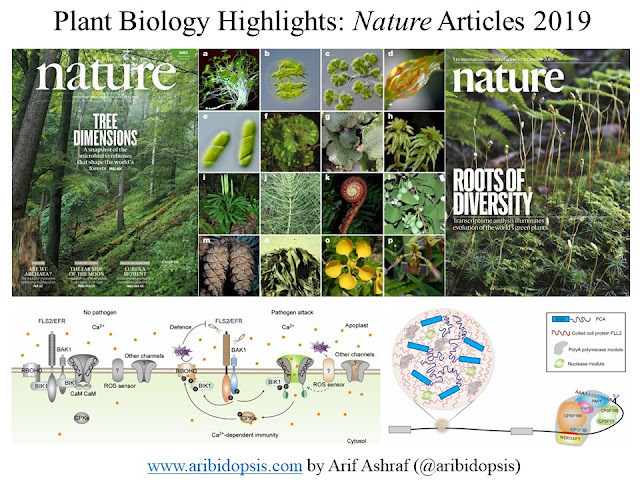Plants Know Counting
The title of post may seem little bit catchy, and truly it is. It had been started from Darwin's observation about insectivorous plants. From that time, Venus flytrap (Dionaea muscipula) has become the striking example of adaptive evolution. Its immediate and rapid capture method shows the perfect demonstration of sensory motor system that involves neither nerves nor muscles.
Carnivorous plants, such as the Venus flytrap (Dionaea muscipula), depend on an animal diet when grown in nutrient-poor soils. When an insect visits the trap and tilts the mechanosensors on the inner surface, action potentials (APs) are fired. After a moving object elicits two APs, the trap snaps shut, encaging the victim. Panicking preys repeatedly touch the trigger hairs over the subsequent hours, leading to a hermetically closed trap, which via the gland-based endocrine system is flooded by a prey-decomposing acidic enzyme cocktail.
According to the researchers: "we asked the question as to how many times trigger hairs have to be stimulated (e.g., now many APs are required) for the flytrap to recognize an encaged object as potential food, thus making it worthwhile activating the glands. By applying a series of trigger-hair stimulations, we found that the touch hormone jasmonic acid (JA) signaling pathway is activated after the second stimulus, while more than three APs are required to trigger an expression of genes encoding prey-degrading hydrolases, and that this expression is proportional to the number of mechanical stimulations. A decomposing animal contains a sodium load, and we have found that these sodium ions enter the capture organ via glands. We identified a flytrap sodium channel DmHKT1 as responsible for this sodium acquisition, with the number of transcripts expressed being dependent on the number of mechano-electric stimulations. Hence, the number of APs a victim triggers while trying to break out of the trap identifies the moving prey as a struggling Na+-rich animal and nutrition for the plant."
Interactive video of this research project:
For original research article follow the link below:





Comments
Post a Comment